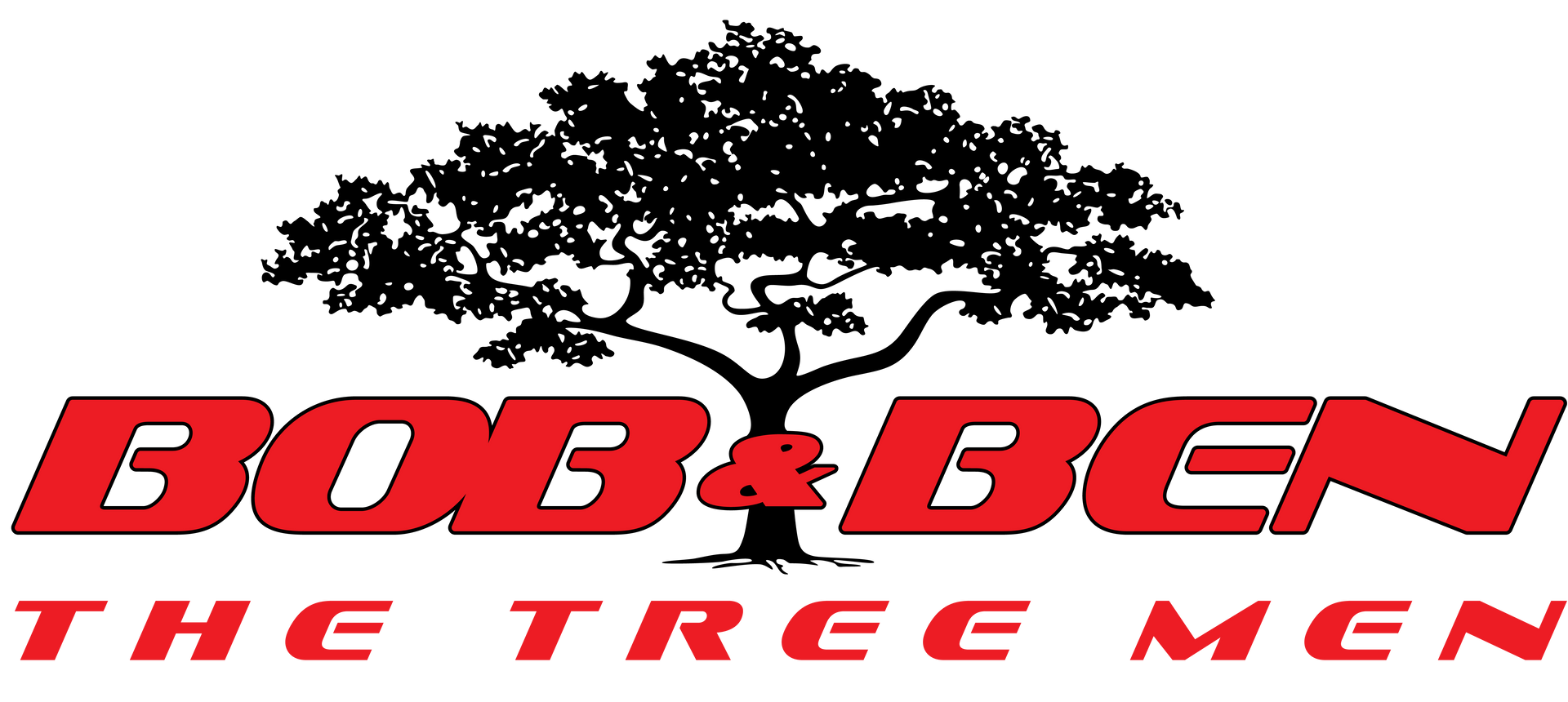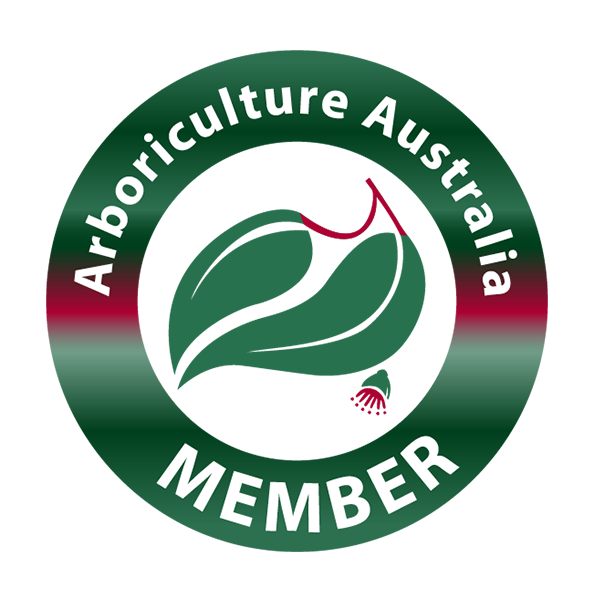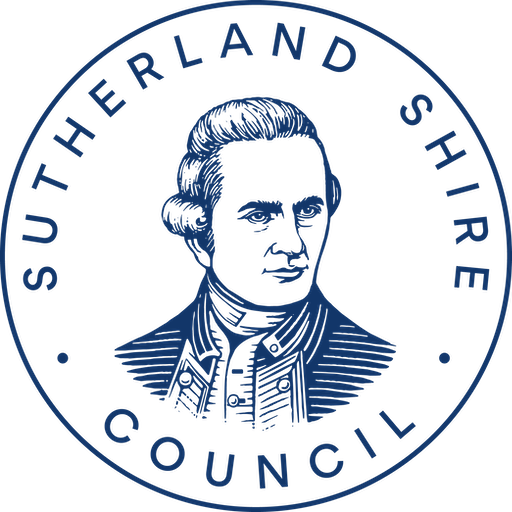Difference Between Tree Surgeon and Arborist in NSW and Sutherland Shire
You may have heard the terms “tree surgeon” and “arborist” used as if they mean the same thing. In reality, they represent very different paths of training, qualifications, and expertise.
The distinction matters, especially in places like the Sutherland Shire where strict tree preservation laws mean that choosing the right professional is more than a matter of preference.
It can affect compliance, safety, and the long-term health of your trees, as well as the quality of any tree related tasks carried out on your property.
In this blog, we’ll explain what sets a tree surgeon apart from a certified arborist, why it matters for tree care and safety, and how it relates to NSW standards and council regulations.
We’ll also touch on areas where both arborists and tree surgeons may carry out similar tasks, so you can clearly see the differences.
This friendly guide will help you make the right choice when your trees need attention.
Tree Surgeons Know How, Arborists Know Why
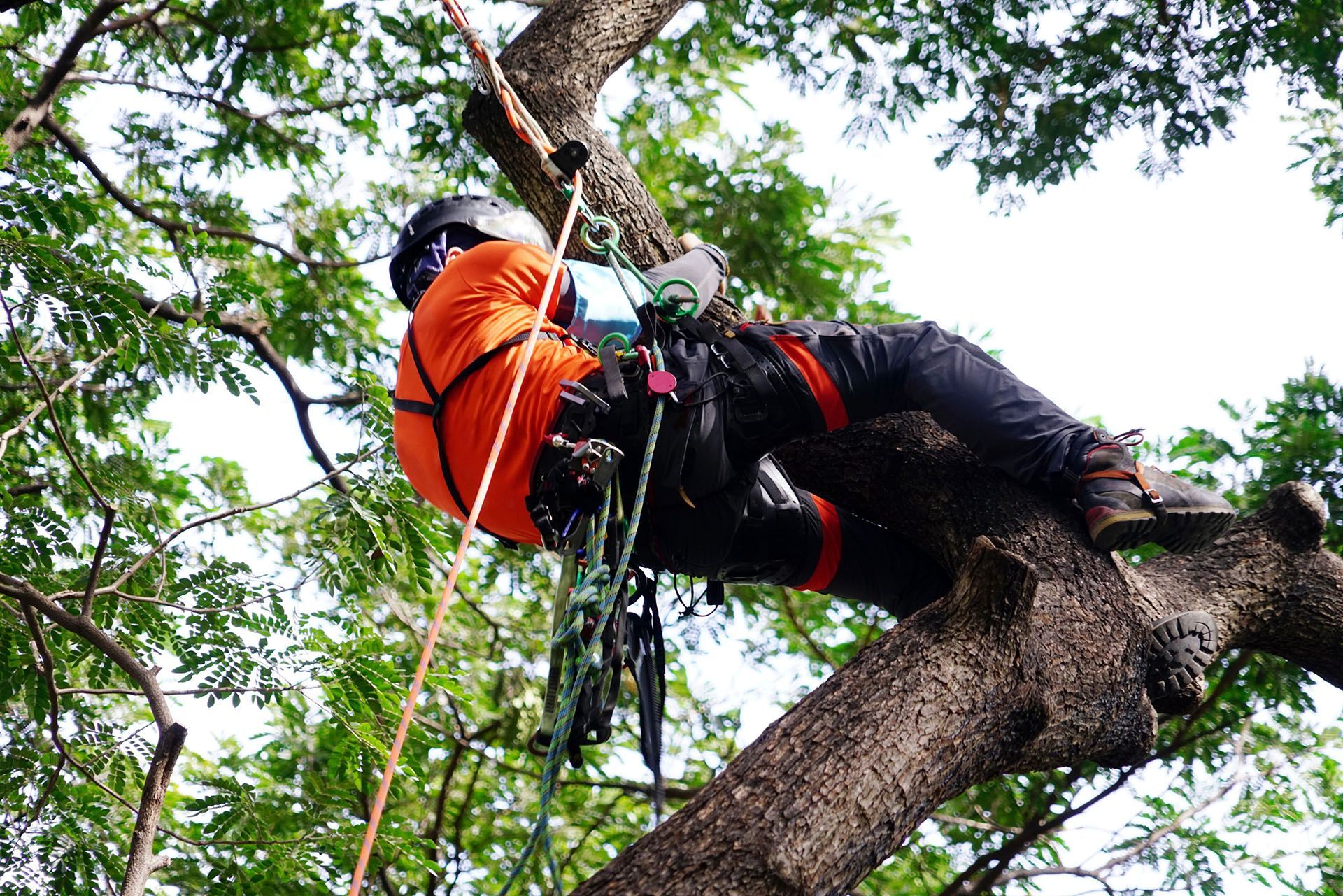
In simple terms, tree surgeons know how to cut a tree, while arborists understand why.
A tree surgeon is typically focused on the physical work, or tree surgery: pruning branches, cutting down trees, and handling equipment like chainsaws and wood chippers. They are often very skilled at climbing and cutting techniques to safely remove limbs or entire trees.
However, the title “tree surgeon” doesn’t necessarily indicate formal qualifications. Many qualified tree surgeons have practical skills but may not have advanced training in tree biology or long-term tree care, which is why you should look for someone who is both experienced and certified.
By contrast, an arborist (sometimes called a “tree doctor”) is a qualified tree care specialist trained in the science of arboriculture. In other words, arborists don’t just cut trees; they also understand tree health, growth, and safety on a deeper level. Arborists study how trees develop, what they need to thrive, and how to treat diseases or pest infestations. They can assess a tree’s condition and determine the best course of action.
While tree surgeons might focus on the task of cutting or removing, an arborist will consider whether cutting is necessary at all, and how to do it without harming the tree or the surrounding environment.
As one Australian tree care company puts it: a tree surgeon tends to the “how”, whereas an arborist also considers the “why”, keeping your trees healthy and safe for the long term.
Training and Qualifications of Qualified Tree Surgeons and Professional Arborists
One of the biggest differences between a tree surgeon and an arborist is formal training and certification. In Australia, arborists usually hold nationally recognised qualifications in arboriculture.
A common benchmark is the Australian Qualifications Framework (AQF) Level 3 Certificate in Arboriculture, which is the minimum level for operational tree work. This means the person has gone through trade-level training to learn proper pruning techniques, tree biology, safety procedures, and more. Whether it’s a tree surgery company offering pruning and removals, or an arborist assisting with tree planting projects, qualifications are what set true professionals apart.
For more advanced roles, such as consulting on tree risk or writing official arborist reports, many arborists attain AQF Level 5 (Diploma in Arboriculture), which reflects a higher level of expertise in tree assessment and consultancy. In fact, AQF Level 5 “Consulting Arborists” are often the ones qualified to provide detailed risk assessments and reports that councils in NSW require for development applications or hazard evaluations. By contrast, a person advertising as a “tree surgeon” may or may not hold these qualifications; the term itself is not a regulated title in the way “certified arborist” is.
Industry bodies also play a role in maintaining standards. Arborists often engage in professional development through organisations like Arboriculture Australia (the national industry body) or international groups such as the International Society of Arboriculture (ISA). These organisations offer certification programs and ongoing training. For example, ISA’s Tree Risk Assessment Qualification (TRAQ) course is available in Australia via Arboriculture Australia. When you hire a certified arborist, you’re getting someone who has met strict criteria in knowledge and skills and is likely committed to continuing education in the field.
On top of that, qualified arborists are well-versed in Australian standards, such as the Australian Standard AS 4373–2007 for Pruning of Amenity Trees, which sets out best practices for how tree work should be done. This standard is important because poor pruning can compromise a tree’s health and structure, making it unsafe.
In fact, AS 4373 recommends that any pruning work be specified or supervised by a person with at least an AQF Level 3 arboriculture qualification. This is a clear nod to the value of hiring trained arborists.
Scope of Services: Beyond Just Tree Lopping
Another key distinction lies in the scope of services offered. A good tree surgeon’s work is often limited to the physical tasks of tree surgery, or caring for trees. They cut, lop, prune, and remove trees (often focusing on trees that are damaged or pose immediate issues). A certified arborist, on the other hand, can certainly perform all those physical tasks, but they also offer a broader range of specialised tree care services. These services address the overall well-being of trees and long-term management, not just quick fixes. For example, qualified arborists in NSW can help with:
Tree Risk Assessments
Evaluating whether a tree poses a danger to people or property (for instance, identifying disease, decay, or structural weaknesses in a tree and calculating the risk of failure). While a tree surgeon may focus on removing obvious hazards, many arborists carry specific training (like ISA’s TRAQ) to systematically assess tree risk for clients and councils.
Tree Health Inspections & Diagnosis
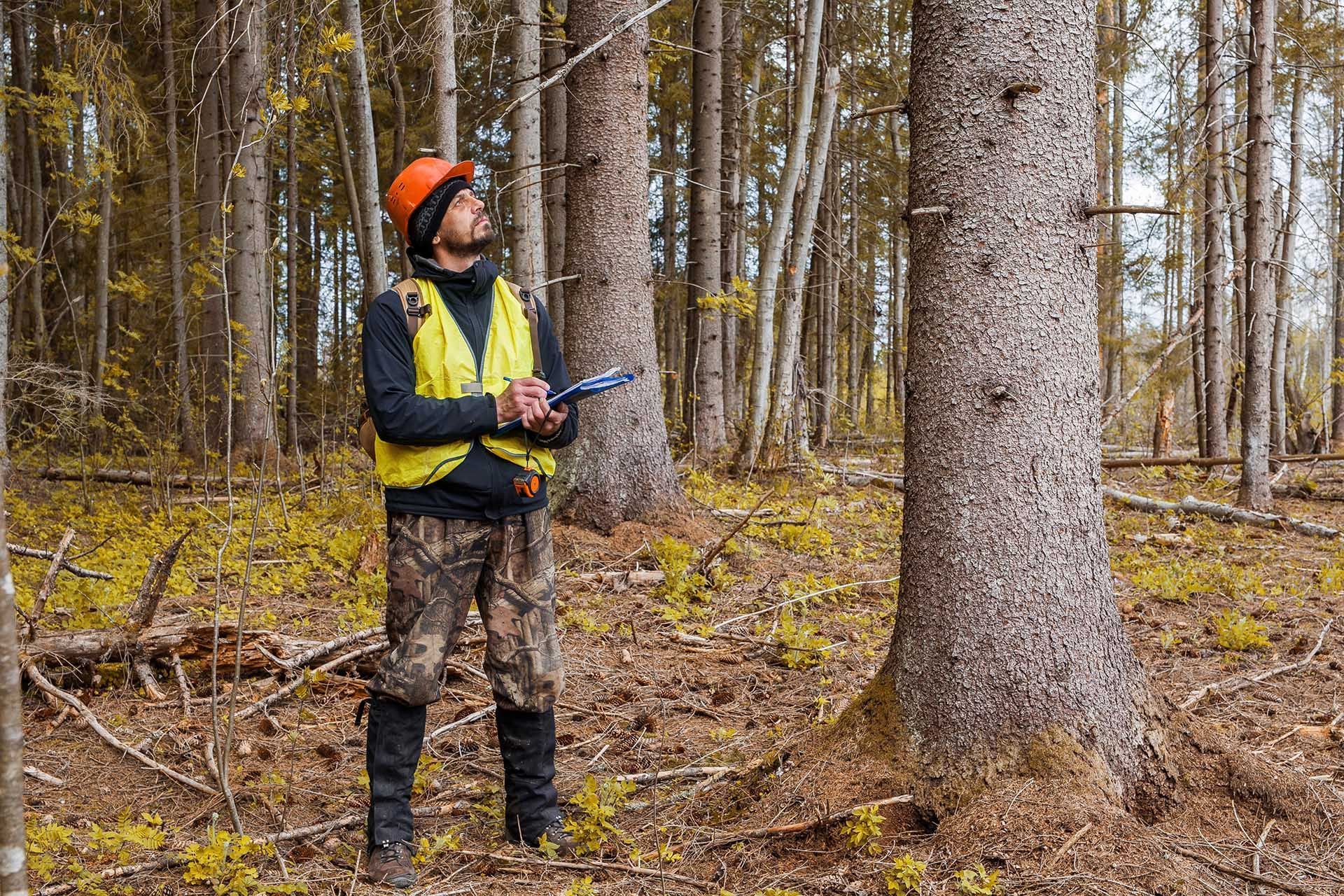
Examining trees for signs of pests, diseases, nutrient deficiencies, or other health issues. Unlike a tree surgeon, who typically only handles the cutting work, an arborist can identify what’s ailing a tree and recommend treatments to improve its vitality. This might include soil improvements, fertilisation, or targeted pruning.
Disease and Pest Treatment
Providing or advising on treatments for infected or infested trees. A tree surgeon is often skilled at removing infected branches, but arborists know the appropriate methods to treat common tree diseases in NSW or to manage invasive pests, all while minimising harm to the environment.
Long-Term Tree Care & Management Plans
Developing pruning and maintenance schedules to guide a tree’s growth over time. For example, while a tree surgeon might carry out immediate pruning or lopping, an arborist might create a plan to gradually reduce a tree’s size or balance its canopy over several seasons, rather than hacking it all at once. They also offer advice on proper tree selection and planting trees in the right location to ensure long-term success and healthy growth.
Arborist Reports & Council Applications
Preparing professional reports required by local councils (like Sutherland Shire Council) when you seek permission to prune or remove protected trees. An AQF Level 5 consulting arborist’s report carries weight because it’s in line with industry standards and council expectations. These reports document a tree’s condition, risks, and the justification for work, which can be crucial for getting approval. A tree surgeon cannot usually provide these reports.
General Tree Work vs Arborist Approach
In addition to these specialised services, arborists of course also handle tree pruning, trimming, and removal. A tree surgeon can perform the cutting, but unlike standard tree surgery, a certified arborist will execute these tasks with a view toward the tree’s health and the surrounding ecosystem. For instance, when they prune trees, an arborist will make cuts according to AS 4373 standards: cutting in the right places to help the tree heal and to avoid future hazards. When considering removal, an arborist will not only carry out the felling safely but will also advise whether the tree truly needs removal or if there are alternatives. This holistic approach means better outcomes for the tree’s health, your property’s safety, and the environment.
Safety, Insurance, and Liability
Tree work can be dangerous. It often involves heights, heavy branches, and power tools, so safety is paramount. A big advantage of hiring a qualified arborist is the assurance of proper safety practices and insurance coverage. In NSW, workplace safety regulators (formerly WorkCover NSW, now SafeWork NSW) have guidelines for the tree care industry.
For example, WorkCover NSW recommends that for any tree job involving climbing, a worker with at least an AQF Level 3 qualification should supervise the work, and even the ground crew should include someone with a basic arboriculture certificate (AQF Level 2). This kind of recommendation highlights that caring for trees isn’t a casual DIY task. While a tree surgeon may carry out the physical cutting, it requires competent, trained personnel such as certified arborists to manage the work safely and in line with regulations.
Certified arborists and reputable tree service companies will adhere to these safety guidelines and the Amenity Tree Industry Code of Practice, using proper equipment (like harnesses, ropes, helmets, and protective gear) and techniques to prevent accidents.
Insurance is another critical factor. The Sutherland Shire Council explicitly advises residents to “only engage an arborist with minimum qualification AQF Level 3 in Arboriculture” and to verify that they are fully insured for tree work. This is because accidents can happen: a limb might fall on a roof, or a worker could get injured. If you hired an unqualified tree surgeon, uninsured operator (perhaps a cheap cash-in-hand tree lopper), you could be held liable for any damage or injury that occurs on your property.
Most standard home insurance policies do not cover tree work, especially large-scale removals or pruning at heights. A professional arborist will carry public liability insurance (often to the tune of millions of dollars) and workers’ compensation insurance for their crew, so that if something goes wrong, you as the homeowner or business owner are protected. Always feel free to ask for proof of qualifications and insurance before hiring. Legitimate arborists will be happy to provide these.
A certified consulting arborist in NSW prepares a tree assessment report at a work site. Qualified arborists not only do the cutting work but also provide expert advice, risk evaluations, and documentation to ensure safety and compliance. They also know how to treat trees affected by disease, pests, or structural damage, offering solutions beyond simple removal.
Beyond insurance, safety in tree work also means protecting the tree and your property. A trained arborist will use methods that minimise the risk of the tree or branches falling unexpectedly. They plan the job so that structures, fences, gardens, and people are out of harm’s way. They also avoid practices like “tree lopping” (indiscriminate cutting back of branches) which can make a tree unstable or prone to disease in the long run. By using an arborist who follows professional standards, you’re getting someone who values safety at every step, for the crew, for you, and for the tree.
Local Regulations in Sutherland Shire (NSW)
Why Tree Regulations Matter in the Sutherland Shire
If you live or operate a business in the Sutherland Shire (or anywhere in NSW), it’s not just good sense to hire a certified arborist. It’s often a legal necessity for certain jobs. Local councils in NSW have rules, often called Tree Preservation Orders (TPOs) or tree protection clauses in their Development Control Plans, that restrict what you can do with trees on your property.
In Sutherland Shire, most trees on private land are protected under the council’s Development Control Plan and NSW biodiversity laws. This means you usually need council approval (a tree permit) to remove or heavily prune a tree above a certain size or of certain species. While qualified tree surgeons may be able to assist with cutting tasks, only certified arborists have the recognised training and authority to prepare reports, liaise with council, and ensure that the work is legally compliant.
Emergency Tree Removal in Sutherland Shire & Imminent Risk Rules
The only time you might not need prior approval is if a tree poses an “imminent risk to life or property,” such as a tree that has started to fall or is critically unstable after a storm. Even then, the council has specific steps: you must have a qualified arborist (minimum AQF Level 4 for consulting) assess the danger, document it with photos, and you both must sign an “imminent risk” form to justify the emergency removal.
This highlights the important role arborists play in compliance and safety, compared to a tree surgeon or someone from the tree surgery industry who may focus mainly on cutting without the same level of formal training or reporting ability.
Penalties for Unapproved Tree Removal in NSW
For non-emergency cases, failing to get the necessary permit can lead to severe penalties. Doing tree work without approval is considered “tree vandalism” by Sutherland Shire Council, and across NSW hefty fines apply.
In fact, cutting down or pruning a protected tree without permission can incur fines up to $110,000 under local council TPOs, and in serious cases (like deliberate large-scale tree destruction), the NSW Land and Environment Court can impose penalties as high as $1 million. These laws are in place because trees are valued assets to the community and environment, and councils want to prevent unlawful damage to the urban forest.
How an Arborist in Sutherland Shire Helps with Council Applications
An arborist who is familiar with local council regulations will save you a lot of trouble here. They can advise you on whether a tree is protected, what permits are needed, and even handle the application on your behalf by providing the required arborist reports and documentation. Unlike a tree surgeon, who generally focuses on cutting work, an arborist has the recognised qualifications to prepare official reports and liaise with council.
For example, if you need to remove a sick tree, a certified arborist can inspect it and write a report confirming the disease or danger, which you can submit with your permit application. They’ll also make sure the work is done in compliance with any conditions the council sets.
Protecting Trees & Staying Compliant with Sutherland Shire Arborists
This kind of guidance is invaluable in places like Sutherland Shire, where rules might allow certain minor works (such as pruning less than 10% of the canopy) without approval, but anything beyond that threshold needs official permission.
Simply put, hiring a certified arborist means you get an expert who understands how to get the job done legally and responsibly in NSW’s regulatory environment. It protects you from fines and helps conserve the beautiful trees that make the Shire so special.
Many mature trees in Sutherland Shire are protected by council regulations. Engaging a qualified arborist is important for compliance, as unapproved tree removal or heavy pruning can lead to severe fines. Knowledgeable arborists help residents follow Tree Preservation Orders while keeping trees healthy and safe.
Why Hire a Certified Arborist?
Whether you’re a homeowner with a big gum tree in the backyard, or a commercial property manager overseeing a business park’s landscape, choosing a certified arborist (rather than just a tree surgeon with cutting skills alone) offers several key benefits:
Expert Knowledge & Tree Health
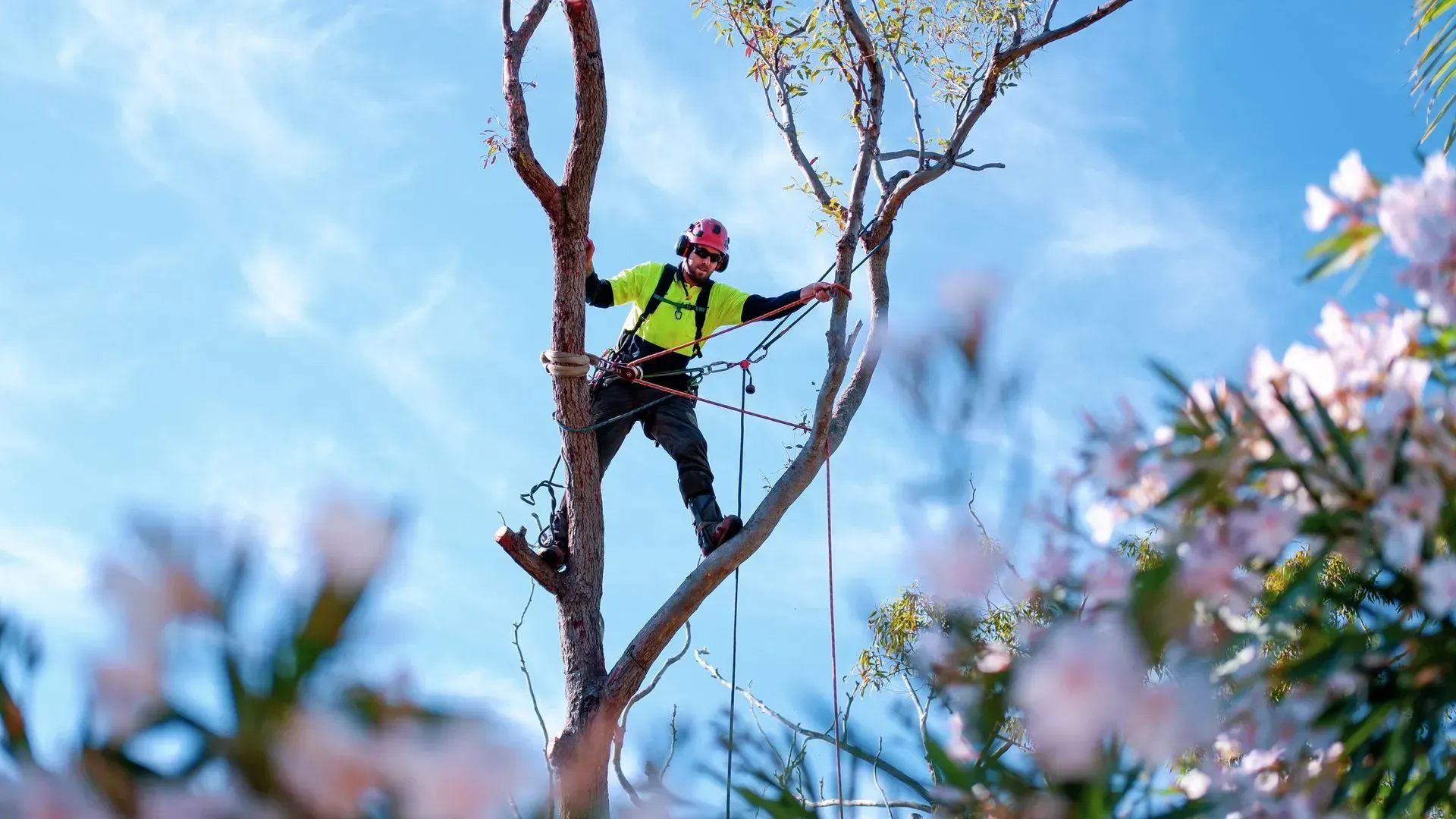
Certified arborists have formal training in tree biology, diseases, and proper care techniques. They can diagnose health issues and provide treatments to improve tree longevity, rather than just cutting indiscriminately. This means your trees are more likely to thrive and less likely to fail (drop branches or fall over) in the future.
Complete Tree Care Services
Arborists can do more than cut and remove. They offer holistic services like risk assessments, health inspections, pest management, and crafting long-term management plans for your trees. If you’re investing in the trees on your property, an arborist can guide their care from planting to mature growth. They can also provide professional arborist reports required for council approvals, which tree loppers or unqualified workers cannot do.
Professional Tree Removal
When a tree is unsafe, diseased, or simply in the wrong location, safe removal may be the only option. Certified arborists carry out tree removals with the correct equipment, safety procedures, and insurance. This includes helping homeowners who need trees cut for safety, managing the removal of dying trees before they become hazardous, and dealing with large trees that require specialised techniques. Arborists can also assist with the removal of other trees that are affecting property, infrastructure, or future development plans.
They assess the best method for removal, whether it’s dismantling a tree piece by piece in a tight suburban backyard, or handling large-scale removals on commercial properties. Importantly, they also understand local council regulations in NSW and can guide you through any approvals required before removal.
Safety & Peace of Mind
Tree work is dangerous, and trained arborists prioritise safety. They follow Australian safety standards and use proper equipment. Importantly, a reputable arborist will be fully insured and qualified, so you’re protected from liability. You can have peace of mind that the team working on your trees knows what they’re doing and has coverage if something unexpected happens.
Compliance with Laws
A certified arborist understands local council rules and environmental legislation in NSW. They will ensure any required permits are obtained and that the work meets legal requirements. This keeps you on the right side of the law and helps preserve protected trees. For example, if you’re in the Sutherland Shire, a good arborist will already know about the council’s tree preservation policies and will help you work within those rules, avoiding fines.
Better Results & Property Value
Proper tree care by an arborist can enhance the beauty and value of your property. Healthy, well-maintained trees boost curb appeal and can even improve property values. Conversely, poor pruning or unnecessary removal by an unqualified operator can leave you with an eyesore, a dangerous tree, or a barren yard. By using an arborist, you’re investing in quality workmanship. As one industry saying goes, “Proper tree care is an investment, not an expense”. Done well, it adds value; done poorly, it can become a liability.
Conclusion
In summary, the term “tree surgeon” usually refers to someone who performs the cutting and trimming of trees, while an “arborist” implies a certified professional with broader expertise in caring for trees.
In New South Wales, especially in the Sutherland Shire, hiring a certified arborist is highly recommended (and sometimes required) for any significant tree work.
Arborists bring formal qualifications (like AQF Level 3 or higher in Arboriculture), adhere to Australian standards and safety practices, and offer comprehensive services from health diagnostics to risk assessment. They work in accordance with local laws and can help you deal with council approvals for tree pruning or removal.
By choosing a qualified arborist, you’re essentially making sure that the job is done safely, legally, and with the long-term health of the tree in mind.
When your trees need attention, don’t just call the cheapest “tree lopper” knocking on your door. Instead, look for a certified arborist with the right credentials and insurance. Your trees and your community will thank you. With professional help, you can keep the Sutherland Shire’s green canopy healthy and beautiful, while protecting your property and loved ones.
In the end, the difference between a tree surgeon and an arborist comes down to knowledge and trust: an arborist has the deeper knowledge and formal backing to earn your trust as the caretaker of your valuable trees.
Don’t risk your trees with the wrong hands. Contact Bob & Ben today for certified arborist support and professional care in the Sutherland Shire.
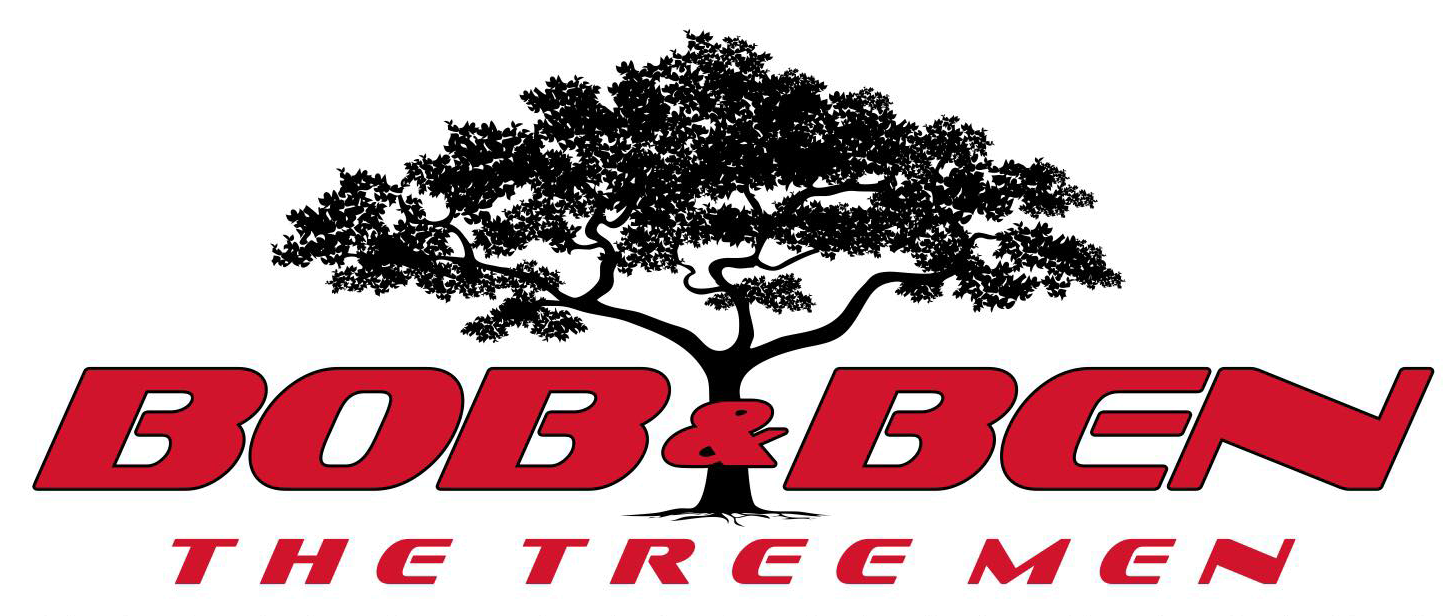
Over 25 years ago, Bob and Ben planted the seeds of what would become one of the most popular and trusted tree service businesses in the Sutherland Shire.
Get your FREE tree lopping quote today!
Let Bob and Ben The Tree Men get to the root of all your tree problems. Contact us today to receive your personalised quote.
